Though they’ve certainly been standing for a long time, not many people know that the term ‘The new seven wonders of the world‘ was actually coined in 2001, in place of the original list made more than 2000 years ago to capture the world’s most magnificent ancient sites.
While these seven ‘modern’ wonders are global must-sees in their own right, they can often get overcrowded and can be quite costly to view. That’s why today we’ve collated a list of alternative suggestions to the new wonders of the world that are just as breathtaking and bucket-list worthy.
Instead Of The Colosseum, Visit Verona Arena
Transcending the drama of ancient Rome, imbued with gladiatorial games, classical plays, and animal hunts, the Colosseum in Rome, also known as the Flavian Amphitheatre, is an iconic monument of Roman history.
Whilst it offers an immersion into the largest amphitheatre in the world, there are many other well-preserved Roman amphitheatres that carry the same legacy. Such is the case with Verona Arena.
Built in the 1st century AD from Veronese marble and known as the third largest amphitheatre at that time, the Verona Arena has become a symbol of the city. Being able to hold up to 30,000 people, ancient entertainment, such as gladiator games, long took place here.
Today, the amphitheatre serves as a tourist attraction and a concert hall. During the day, tourists can climb to the top level and view the full stadium. At night, it’s lit and can be seen in all its spectacular glory. But that’s not all; Verona Arena is home to splendid operas and open-air performances, preserving the architecture and the spirit of the amphitheatre.
This is the perfect spot to capture your city-dwelling ambitions and thirst for culture. Embrace the romanticism of Verona Arena in a trendy outfit featuring a long coat and black ankle boots – the ideal setting for your Instagram feed.
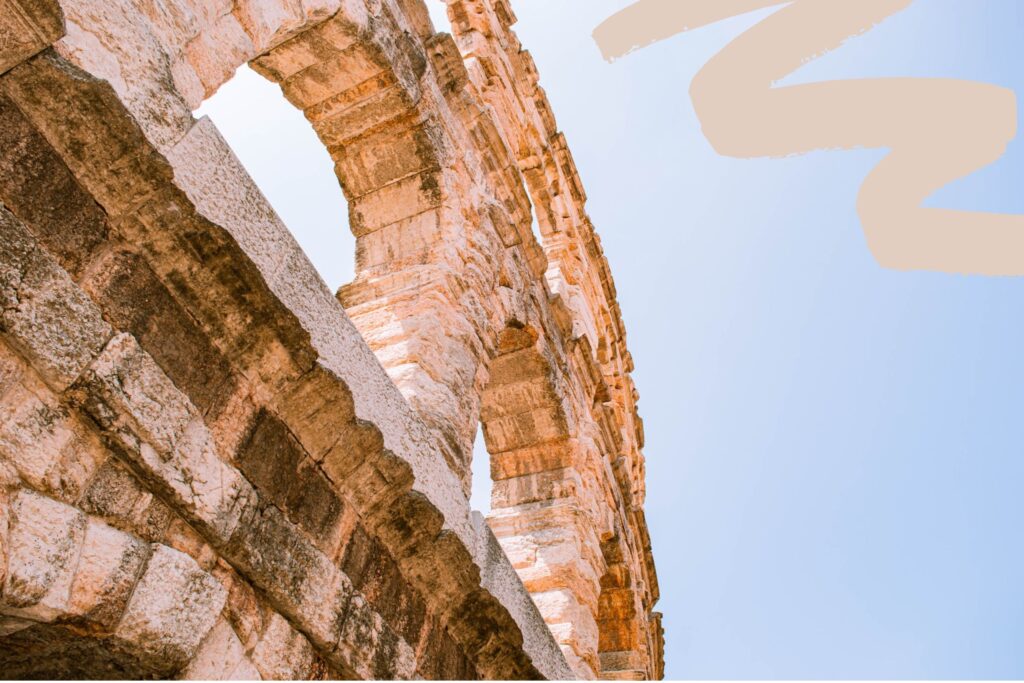
Instead Of The Great Wall Of China, Visit The Great Wall Of India
The purpose of the Great Wall of China was to protect the Northern part of the country from invaders. The project was finished in 220 BCE under the rule of China’s first Emperor, Qin Shi Huang, spanning 13,171 miles.
While it’s definitely worth seeing, you can escape the crowds and walk in peace along another wall that’s as stunning and historically significant – the Great Wall of India.
Known as Kumbhalgarh Wall or Kumbhalgarh Fort, it is located in Rajasthan amongst mesmerising forests and mountains. Built in the 15th century, it is 20 miles long and is the second largest wall in the world. Home to about 300 ancient temples, Kumbhalgarh Wall is a truly magical place, offering immersion not only in nature but also India’s history.
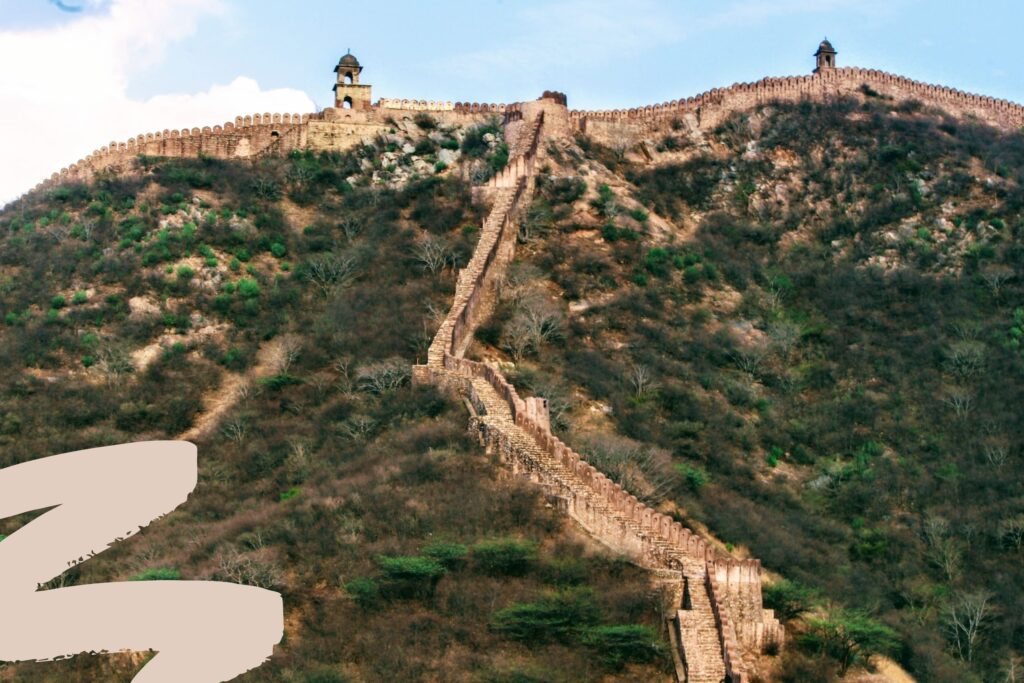
Instead Of The Taj Mahal, Visit Humayun’s Tomb
The Taj Mahal has a heart-melting story. Mughal emperor, Shah Jahan, built the temple as a tomb for his beloved wife Mumtaz Mahal, who died in 1631 during childbirth.
But the Taj Mahal isn’t the only emblem of Mughal architecture that offers an awe-inspiring story. Eighty years before it was built, Humayun’s Tomb in Delhi became the first-ever mausoleum synonymous with this type of architecture and is now a UNESCO heritage site.
In the cells of Humayun’s Tomb are buried over 150 Mughal family members; it’s no surprise, then, that the garden-tomb is also called the ‘dormitory of the Mughals’. Emanating the legacy of the Mughal family, the mausoleum is hugely influential in Indian architecture and history, and a monument that’s not to be missed.
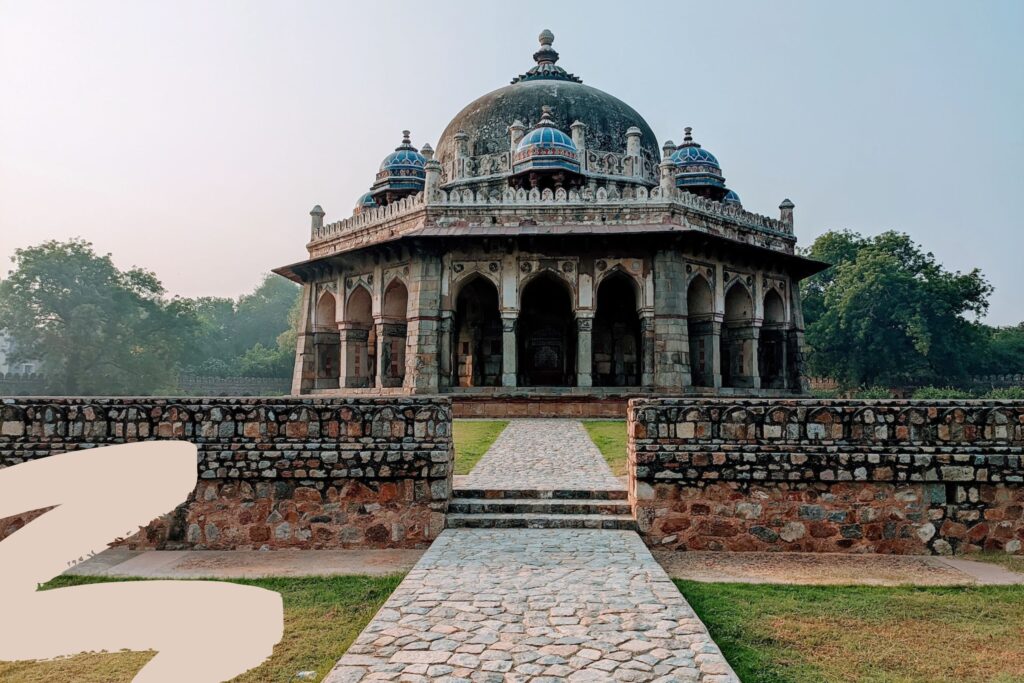
Instead Of Machu Picchu, Visit Kuelap
A true rival to Machu Picchu is Kuelap in Peru. Often referred to as Peru’s ‘Machu Picchu of the north’, Kuelap is located on a 3,000-metre hilltop and was formerly inhabited by the ‘cloud warriors’ of the Chachapoya culture.
What’s astonishing about Kuelap is the circular ruins on three levels containing over 550 structures. Just like Machu Picchu in Cusco is a symbol of the Incan culture, featuring intact remains of temples, homes, and plazas, Kuelap is a doorway to Chachapoya culture.
The picturesque hike to Kuelap can certainly rival the famous Incan trail to Machu Picchu. Moreover, accommodation in the area is cheaper, making it an ideal alternative to the wonder of the world.

Instead Of Chichén Itzá, Visit Uxmal
The Yucatan Peninsula in Mexico is bestowed with ancient Mayan sites, the most famous of which is the Chichén Itzá. Impressive in size and home to a series of temples and monuments, it is most famous for the El Castillo temple, whose walls reflect the sun to form intricate serpent shapes.
But Uxmal is just as impressive, astonishing not so much in size but the intricacy of the stonework. The pyramids are nestled between the trees, creating a truly magical atmosphere. The Adivino, also known as the Temple of the Magician, is the most striking pyramid in Uxmal and the only Mayan pyramid with an elliptical shape rather than a rectilinear one.
Designated a UNESCO World Heritage site, Uxmal is a magnificent Mayan site in the Yucatan Peninsula that offers awe-inspiring sights and fewer crowds than its more famous cousin Chichen Itza.
Read: Enjoy every moment of your trip to Tulum, Mexico
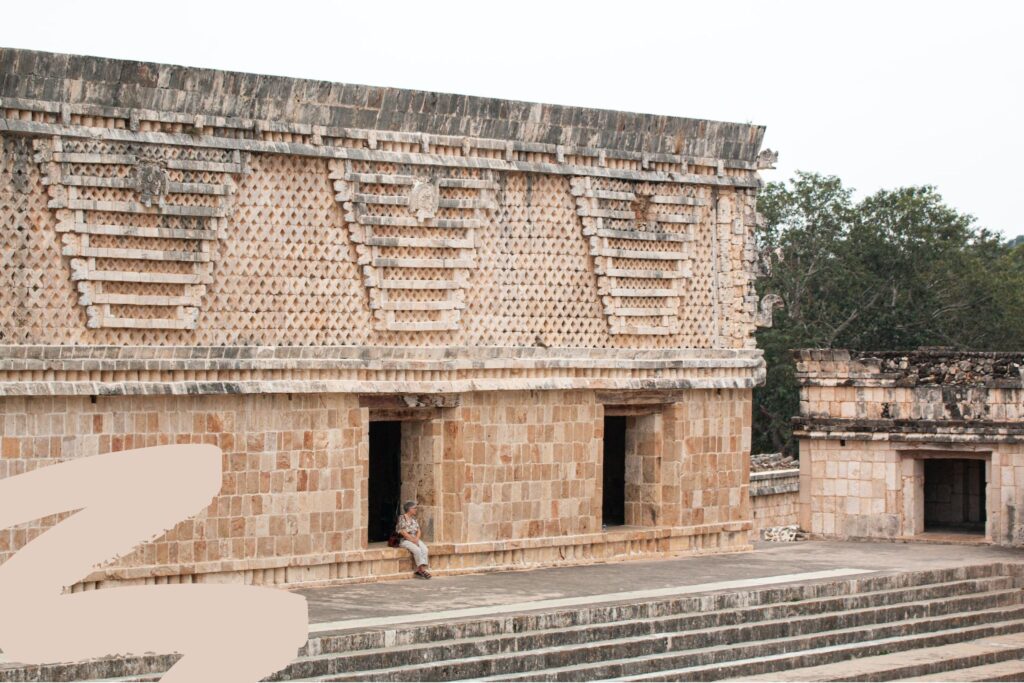
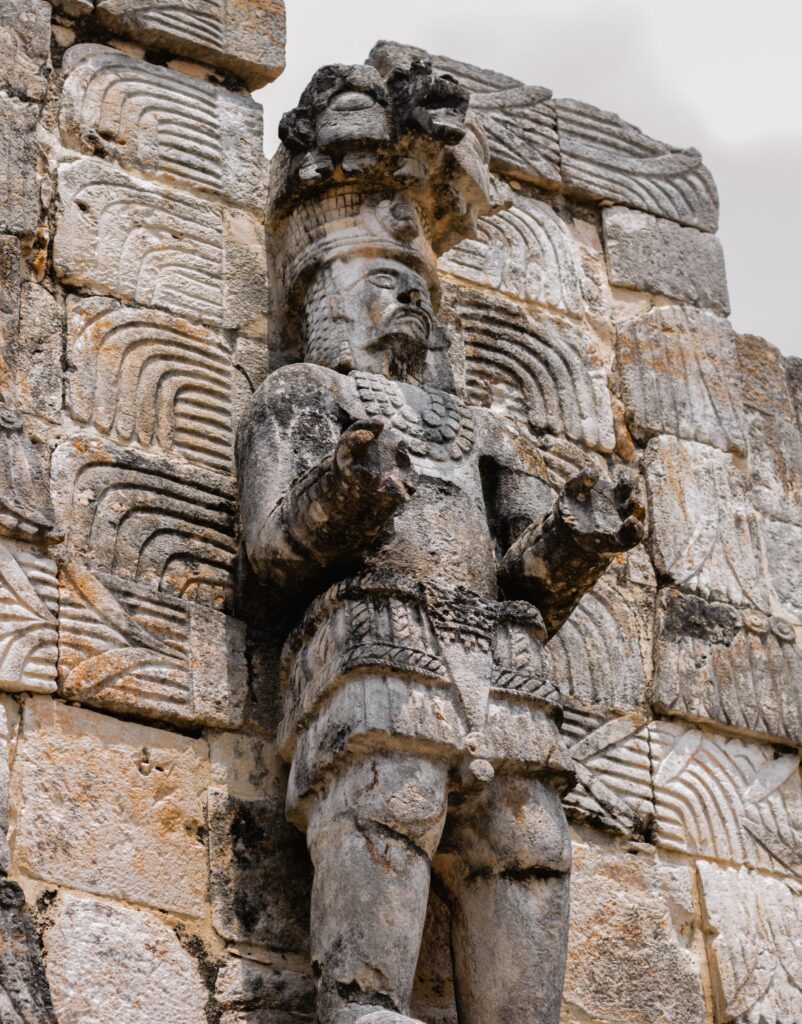
Instead Of Petra, Visit Al-‘Ula
Petra, the ancient city in southern Jordan that dates back to 312BC, attracts thousands of tourists with golden-hued architecture, cliff views, and the opportunity to sleep under the stars.
But Petra isn’t the only way to see how ancient civilisations lived. Al-‘Ula in Saudi Arabia was built in the 13th century and was the capital of the ancient Arab kingdom of Lihyan. This beautiful oasis prospered due to its location around fertile soil and a plentiful supply of water.
It is believed that the prophet Muhammed passed through the oasis in 630 AD on his campaign to Tabuk. After that, the town declined, only to be rebuilt again around 1230 AD atop the former ancient city. For many years it prospered again until it was abandoned in the middle of the 20th century.
Today, Al-‘Ula is a less-known alternative to Petra, but offers a similarly fascinating window into ancient civilisations.

Instead Of Christ The Redeemer, Visit Christ The Protector
For nearly a century, Christ the Redeemer has been known as the tallest statue of Jesus Christ in the world, standing more than 30 metres tall over Rio de Janeiro, on the top of Mount Corcovado in Brazil. Built in 1931, it has become an iconic symbol of Christianity and hope after the First World War.
However, in 2010, a new statue of Jesus Christ was built in Świebodzin, Poland – Christ the King. Standing 39.6 metres tall, it dwarfed Christ the Redeemer.
Today, a new world record has been set by Christ the Protector located in Encantado in Brazil’s Rio Grande do Sul. Completed on 22nd April 2022, Christ the Protector is now the tallest statue of Jesus Christ at 43.6 metres, echoing the Art Deco style of Christ the Redeemer but executed in more detail.
The aim of the project is to enhance tourism in the area, and you can be one of the first visitors to witness the iconic monument should you be heading to Brazil soon! What better excuse for a last minute holiday, hey?





